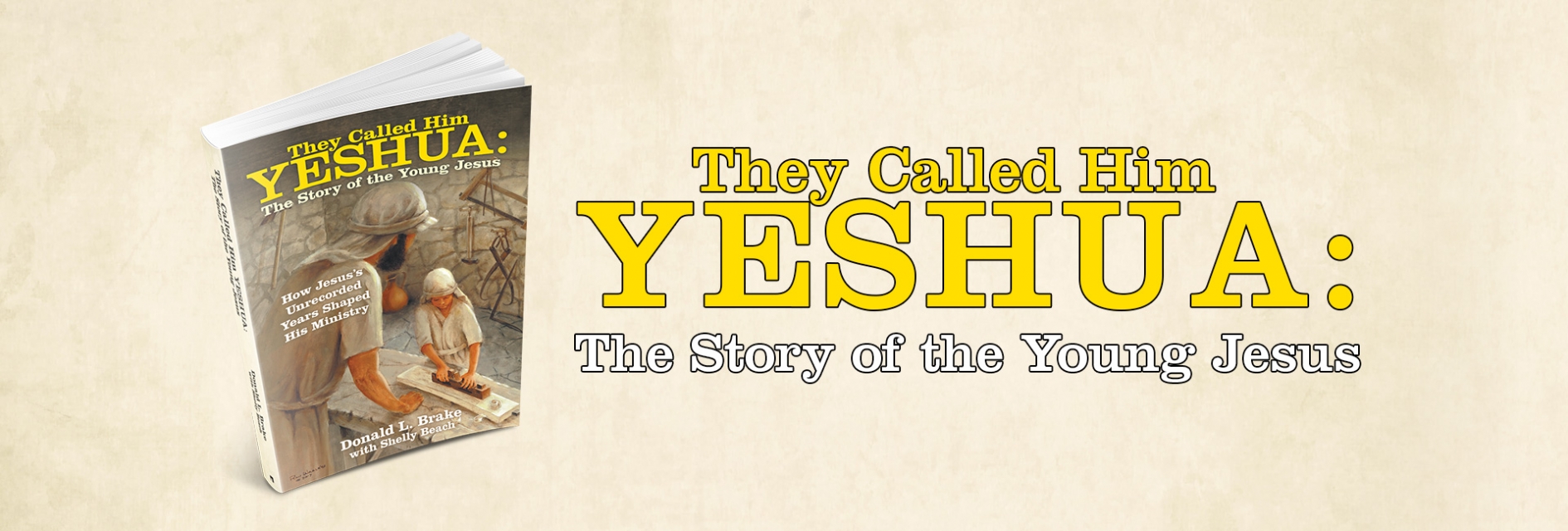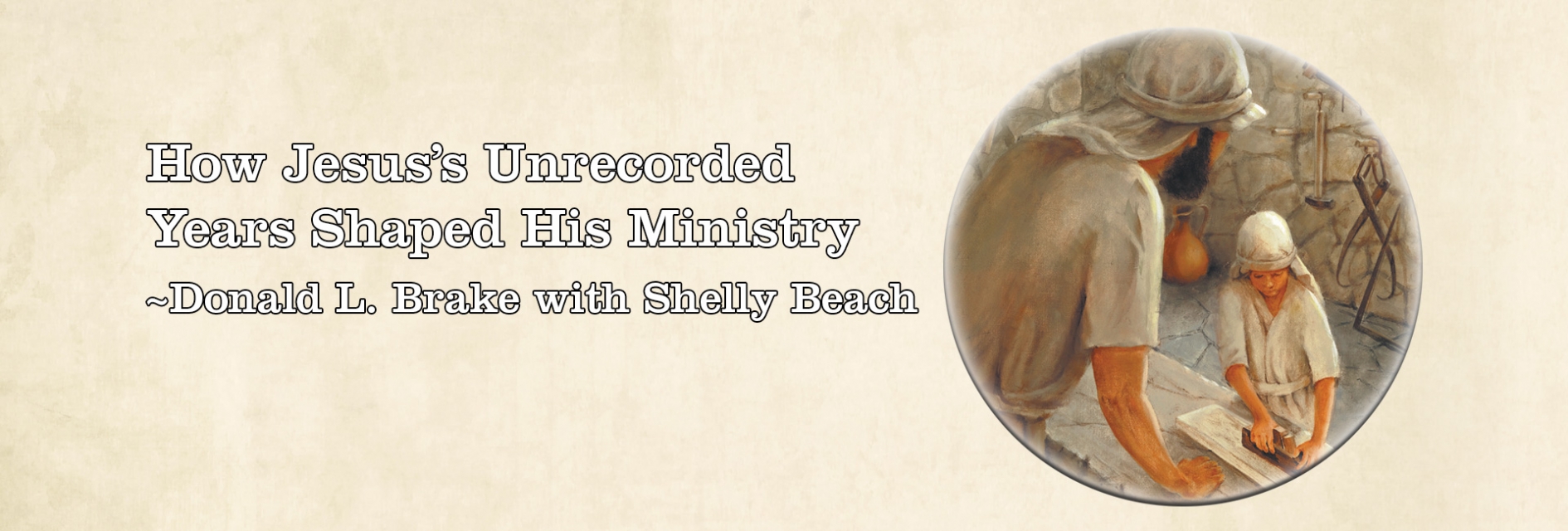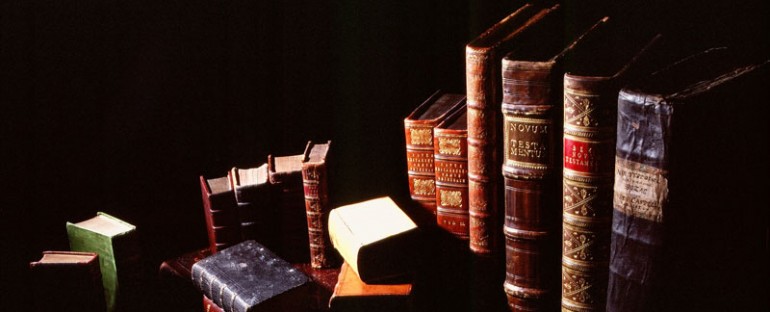

How the internet influences the joy of antique book and Bible collecting
In the hey-day of financial wizards and multimillionaires of the nineteenth century, wealthy men began to invest in opulent collections of rare books and Bibles, European furniture and paintings, and other American and Oriental collectibles.
Men like William Quayle, William T. Scheide, Cornelius Vanderbilt, Edward Doheny, Pierpont Morgan, Henry Ransom, John D. Rockefeller, and J. Paul Getty amassed enormous wealth and controlled the antiquarian book market, often in competition with each other.
Most of these collections were ultimately placed into permanent collections. They became hallmarks of Princeton University, University of Texas and museums named in honor of the donor.
During the twentieth century, individuals began collecting antiquarian books
Those books not permanently housed in the major museums and universities. I began collecting antiquarian early manuscripts, English Bibles and Greek New Testaments in the early 1980s. Always looking for rare, but most significant, Bibles that develop the history of the Bible and the textual criticism of the Greek New Testament.
I am not always looking for the best copy but any copy that traces the story which I seek— “the Bible we read today is the same that was originally written thousands of years ago.”
Testing the biblical evidence for celebrating Jesus’ birth December 25th
My early interest in collecting accompanied my desire to teach my students at Multnomah School of the Bible (now Multnomah University) the history of the Bible showing examples of historical Bibles.

Image courtesy of the Michael Brake
My first experience cast the line into the sea of serious collecting when I received a list of rare Bibles from Nelson’s Bookroom offering me a Geneva Bible (1590) and a Bishops’ Bible (1569). After receiving the Bible, I discovered a mistake. The Bishops’ Bible was the last edition of the Great Bible and more important to me than the Bishops’ Bible. Of course, the hook was set and sellers began reeling me in. My many years of collecting and dear friendships had begun.
I began searching lists from noted antiquarian booksellers
Nelsons’ Bookroom, David Lachman Antiquarian Books and Humber Books were where I did hunt. I diligently reviewed each list to find the significance of each item offered. I relied early on information found in books like Rare Bibles, Edwin Rumball-Petrie, Early Greek Printed editions, Cuthbert Turner and Historical Catalog of Printed Bibles, A. S. Herbert. As my knowledge of the history of the Bible grew, it became an asset when bidding at auctions for Bibles. Some collectors might not know what I did. However, of course, some knew more and that was to their advantage.
When I exhausted the search by mail, I began my travels to the “homeland” of English Bibles. After obtaining a book published by the Antiquarian Booksellers with addresses of Rare Bookshops in England, I tucked the book under my arm and set sail for England.
An English bookseller of rare bibles changes a young bibliophile’s life
Exploring the stores systematically, I uncovered some of my greatest treasures. The hospitality of individual booksellers made the collection an adventure like no other. At the famous bookseller, Alan Thomas’ home, sparkling like diamonds along the walls of the waiting room were rare Bibles I only dreamed of owning.
Known for his graciousness to collectors, I obtained a very rare 1537 Coverdale Bible which he allowed me to pay for over the next 12 months.
The British collector, Brain Hills, not only hosted me as a Bible collector, he and his wife invited me to stay with them whenever in the London area. A first-edition King James Bible, formerly in the Cambridge Library, became mine from these encounters. Along with many unforgettable evenings of hospitality.
Major private U.S. collectors became my next targets.
While chasing every lead, I tracked down numerous rare Bibles and Greek New Testaments.
Auction houses like Sotheby’s, Swann Galleries, Bloomsbury Auctions, Bonham Auctions, Dominic Winter, and Christie’s offered many of the most important antiquarian Bibles. The competition was intense through these well-respected auctions. My phone bidding, while exciting, often left me disappointed as another collector wanted it more than my budget allowed. Nevertheless, I have been able to obtain some of my greatest treasures from auction houses.
Some of the excitement “in the search” came to an end with the advent of the internet.
For a collector, the hunt is nearly as exciting as the acquisition. Once you are successful in obtaining your treasure, it is goes to a shelf and remains there. Rarely taken down. My own collection is now permanently housed in a museum located 6 hours from me.
The internet also replaced the physical hunt for treasures—often booksellers will list their most rare items on the internet which makes going to their shops less interesting and productive.
The internet provides many advantages for collectors. It has been helpful for stabilizing pricing. Books surface that might not normally come to light and it does not require travel or combing through stacks and stacks of books.
eBay, Amazon and antiquarian sellers websites provide a treasure trove for fulfilling collectors’ potential dreams.
Almost any item on a collectors’ wants list can be found within a few months of searching. Purchases are safe with secure payment through PayPal, credit cards and checks.
In an attempt to influence the changing world of antiquarian Bible collecting, I wrote three books to give the collector an advantage with knowledge of the historical importance of various volumes.
The success of the internet on Bible collecting has reduced my joy of meeting new book collectors. Of being able to see treasures, some of which I may never own myself. My membership in the International Society of Bible Collectors has given me the opportunity to commiserate over lost bids with other collectors. And, of course, boast about our acquisitions.
About the Author
Written by Donald L. Brake Sr.
Donald L. Brake Sr., PhD, Dallas Theological Seminary; Dean Emeritus, Multnomah Biblical Seminary of Multnomah University. A former pastor, he lives with wife Carol, in Lewisville, Texas. The author has served as a Missionary in Ethiopia, SIM; Professor of Theology, Multnomah Biblical Seminary; Pastor, North Carrollton Baptist Church; President, Institute of Holy Land Studies (now Jerusalem University College; and dean Multnomah Biblical Seminary; and co-founder Living Word Bible Museum. He currently is a freelance writer. The author’s experience as president of the Institute in Jerusalem has given him insight into the historical, cultural, and geographical background of Israel and the life of Christ. Dr. Brake has led tours to the Holy Land and has taught the life of Christ and the Bible’s historical/cultural backgrounds for more than thirty-five years. Dr. Brake wrote a series of fifteen articles for the St. Louis Metro Voice and has published the Wycliffe New Testament. His book A Visual History of the English Bible was published in 2008 (a 2009 Evangelical Christian Publishers Association Christian Book Award finalist); Jesus, a Visual History with Todd Bolen, 2014; A Monarch’s Majestic Translation, in 2017; and A Visual History of the King James Bible, in 2011 (with Shelly Beach; also translated into Portuguese as "Uma Historia Visual Da Biblia King James"), a commemorative edition celebrating four hundred years of the King James Version. His major article “Versions, English” was published in The Interpreters Dictionary of the Bible, vol. volume 5, Abington Press. His most recent work is They Called Him Yeshua: the Story of the Young Jesus, 2019.


